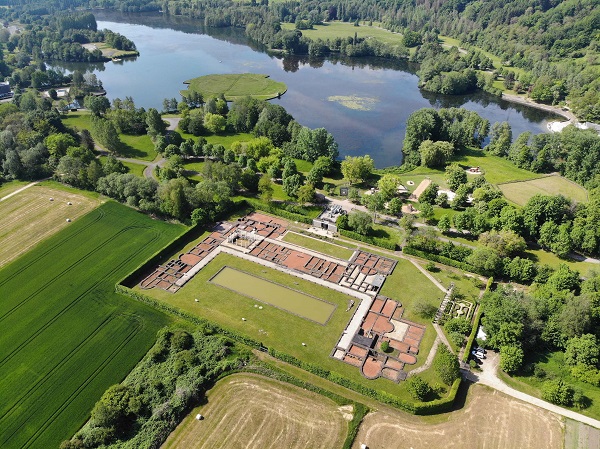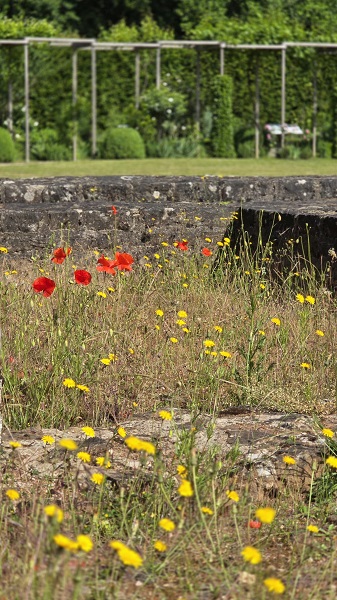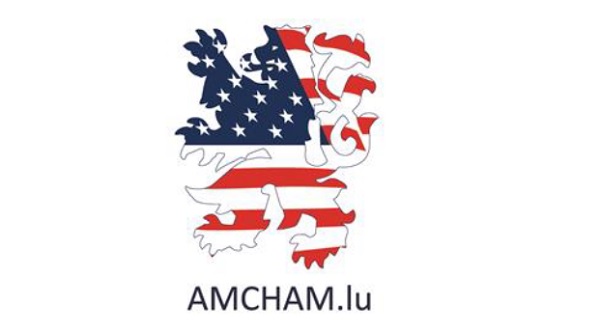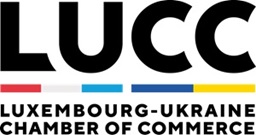 Réimervilla Echternach;
Credit: Tom Lucas, MNAHA
Réimervilla Echternach;
Credit: Tom Lucas, MNAHA
Chronicle.lu has teamed up with Luxembourg's National Institute for Archaeological Research (Institut national de recherches archéologiques - INRA) for a series of articles on archaeological digs and discoveries around the Grand Duchy.
The series explores digs spanning from prehistoric to Roman and medieval times, highlighting key finds and what they reveal about Luxembourg's past. It also sheds light on the work of the INRA and its approach to archaeological and historical research.
The latest article in this series looks at the Roman villa (Réimervilla) in Echternach.
On the outskirts of the picturesque town of Echternach lies one of the largest and wealthiest estates in the northwestern provinces of the Roman Empire. The extensive Roman villa, excavated in 1975, is exceptionally well-preserved. Its original name, "Villa Epternacum", is believed to be the origin of the name of the town of Echternach.
The Roman villa was discovered during the construction of the artificial lake that exists there today. This discovery and archaeological excavations related to the villa date back to 1975 and 1976. This archaeological work, carried out by Jeannot Metzler and Johny Zimmer, dated the villa to the 70s AD. Architectural details - such as marble imported from Rome, peristyle courtyards and the heating systems installed in the villa - suggest that Roman culture was already well established in the area around Echternach at this time.
The 118 x 62-metre manor house, which was completely unearthed during the archaeological excavations, resembled a true palace with its luxurious materials. The ground floor alone housed no fewer than 40 - and later up to 70 - rooms, complete with porticoes, interior courtyards, water basins, marble veneers, wall frescoes, mosaic floors, underfloor heating, a fountain and a large ornamental pond.
This grand 10-hectare estate included at least ten additional buildings, which were systematically aligned to the left and right of the perimeter wall. These were discovered through aerial photography and geophysical surveys.
From the outset, it is clear that this Roman villa was a luxury residence. The archaeologists who carried out the excavations also put forward the hypothesis that the site served a practical function: located on the road leading to Trier (then the capital of the Treveri tribe), and based on the evidence found on-site, the villa may have been used to breed horses, which were then sold to the Roman army.
Jeannot Metzler and Johny Zimmer believed that the villa was originally a uniform work but may have undergone several changes over time. Numerous findings support this hypothesis: expansions leading to the installation of hypocausts (heating systems), corridors and courtyards likely used by craftsmen (in the second half of the 2nd century), traces of fire dating from the early 3rd century that would have led to the expansion of the living quarters, and finally, another fire caused by the Germanic incursion around 275 AD that destroyed the villa.
The villa was never rebuilt, but parts of it were later repurposed: the baths appear to have been made public (including the construction of a monumental frigidarium) and the monks of Willibrord may have used the ruins of the villa as a quarry.
Today, the site is open to visitors from March to September, under the supervision of Luxembourg's National Museum of Archaeology, History and Art (Musée national d'archéologie, d'histoire et d'art - MNAHA). In addition to the manor house, visitors can explore an interpretation centre at the site entrance. This centre exhibits reconstructed scenes of Gallo-Roman daily life with life-size and scale models. Visitors can also enjoy an adjoining Roman garden, showcasing plant species cultivated during the Roman era.

(Photo credit: Paula Alves, MNAHA)








